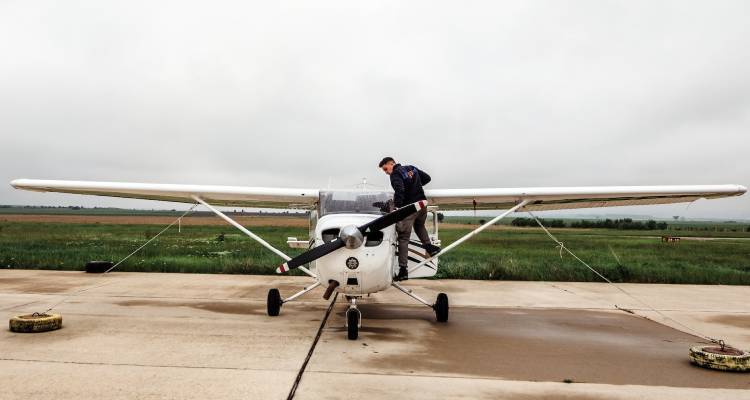
When you own an aircraft, you assume the responsibility of its upkeep. Proper maintenance is vital not just for the longevity of the aircraft but also for ensuring the safety of everyone on board. This article aims to guide aircraft owners through the essential tools required for basic aircraft maintenance.
The Importance of the Right Tools
Having the correct tools at your disposal is crucial for effectively maintaining an aircraft. The right tools help you in both preventive maintenance and in rectifying issues that could turn into bigger problems if not addressed timely. Additionally, they can also save you from potential financial setbacks by reducing the chances of incorrect repair work.
Must-Have Tools for Aircraft Maintenance
Hand Tools
- Wrenches: Open-end, closed-end, and socket wrenches are indispensable for a variety of tasks.
- Screwdrivers: A set of high-quality Phillips and flat-head screwdrivers are essential.
- Pliers: Needle-nose and channel-lock pliers will be your go-to for various jobs.
Measuring Instruments
- Calipers and Micrometres: For precise measurements, especially in critical parts like the engine.
- Multimeter: For electrical troubleshooting, a good quality digital multimeter is essential.
Safety Gear
- Gloves: You'll need robust, chemical-resistant gloves to protect your hands. Eye Protection: Safety goggles are a must when you're dealing with potentially hazardous materials.
Specialty Tools
- Compression Tester: For checking cylinder compression.
- Wire Twisters: For safety wiring various components.
- Torque Wrench: Crucial for ensuring that bolts are tightened to specifications.
Tool Organisation
Proper organisation of your tools can significantly speed up your maintenance tasks. Toolboxes with compartments for different kinds of tools can be a boon.
Keeping Your Tools in Good Condition
Quality over quantity always holds true when it comes to maintenance tools. Always keep them clean and properly stored. This ensures their longevity and reliability.
Consult the Aircraft's Maintenance Manual
Before you start with any maintenance work, it's highly recommended to consult the aircraft’s maintenance manual. This will guide you on the specific tools you'll need for certain jobs, ensuring you're fully equipped for the task at hand.
Tips for Effective Maintenance
- Regular Checks: Don’t wait for a problem to become significant. Regular inspections can save you time and money in the long run.
- Certified Tools: Always opt for certified and aviation-grade tools. They are manufactured to meet the stringent requirements needed for aircraft maintenance.
- Professional Advice: While DIY maintenance can be rewarding, certain tasks require professional help. Don't hesitate to consult experts when needed.
Frequently Asked Questions
What basic hand tools are essential for aircraft maintenance?
Basic hand tools such as wrenches, screwdrivers, pliers, hammers, and socket sets are essential for aircraft maintenance. These tools are fundamental for basic repairs, component removal and installation, and adjustments. They should be durable, high-quality, and preferably aviation-rated to ensure safety and efficiency.
Are there any specialised tools required for aircraft maintenance?
Yes, depending on the type of aircraft and its systems, specialised tools like torque wrenches, safety wire pliers, and compression testers may be necessary. These are specifically designed for tasks like engine tuning, electrical system diagnostics, and securing components to meet aviation standards. Owning these tools can significantly improve the accuracy and safety of your maintenance operations.
What measuring instruments are commonly used in aircraft maintenance?
Measuring instruments such as micrometers, calipers, and dial indicators are often required for precise measurement tasks in aircraft maintenance. These instruments help in assessing part wear, alignment, and clearance, among other critical factors. Digital or analog versions may be used depending on personal preference and specific job requirements, but they should be regularly calibrated for accuracy.
Conclusion
Owning the essential tools for aircraft maintenance is the first step to ensuring that your aircraft stays in prime condition. Remember, maintaining an aircraft is not just about keeping it functional but also about ensuring the safety of its occupants.
Fly safe and maintain well!
